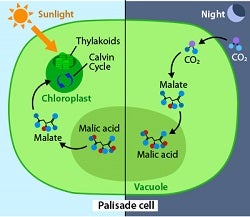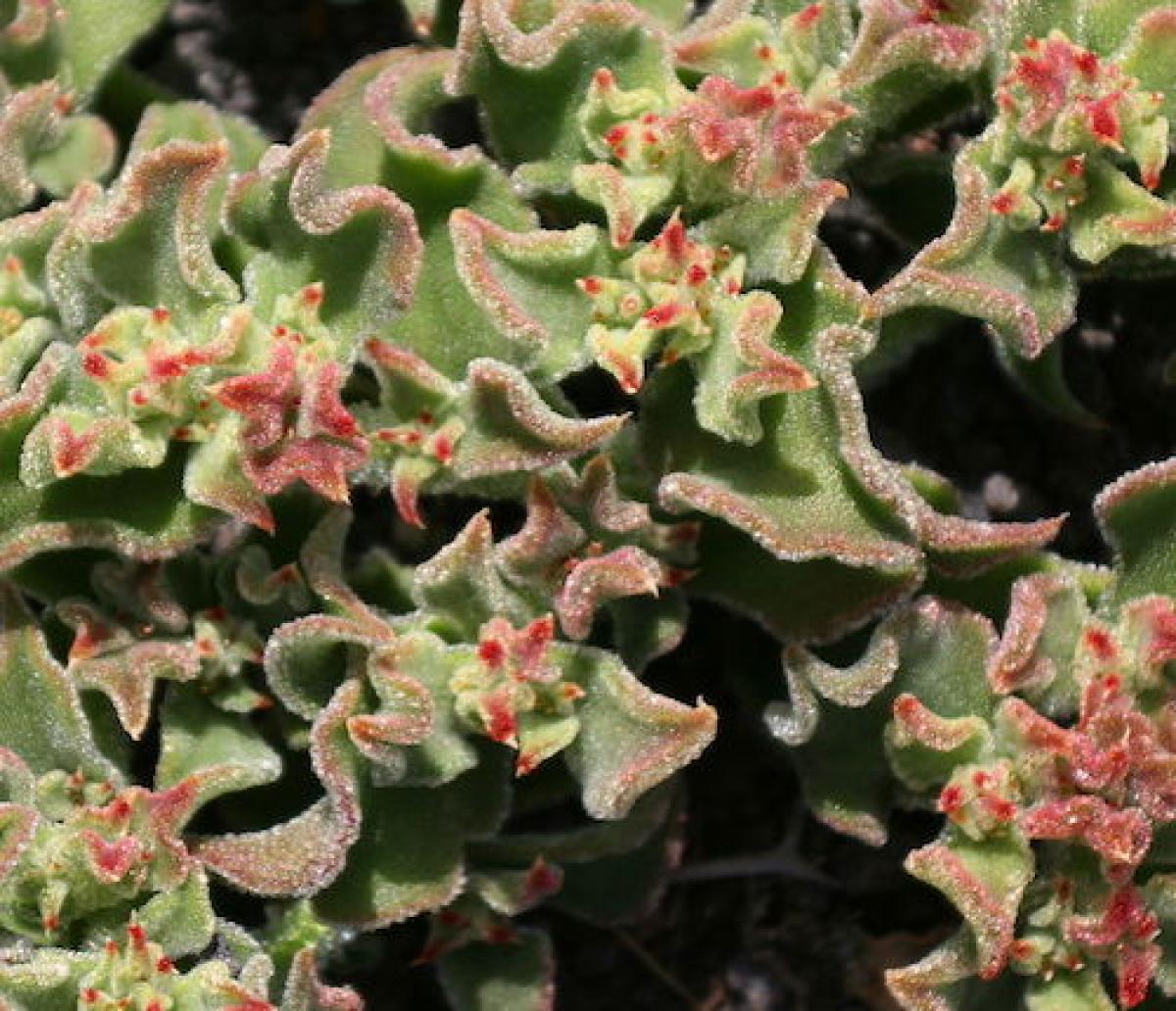
Have you ever thought about how much water you need in a day? Or how much water the plants in a garden need? Most people have to drink at least half a gallon of water in a day to stay healthy. That's around four gallons of water in a week. Some plants need even more than that. Humans and a lot of plants, including the fruits and vegetables that we eat, need lots of water every day. Going months without water seems impossible.
However, some plants have adapted to do just that. For example, some cacti can survive for months without rain. They thrive in many deserts around the world in hot, dry conditions.
What is a Cactus?

Cacti (plural for cactus) are a type of succulent plant. Succulents have a sponge-like interior that stores a lot of water. There is also a very thick, waxy epidermis covering the outside of the plant. Epidermis comes from two words: “epi” means covering and “dermis” means skin.
Succulents usually do not have normal leaves like trees. Instead, the spines on a cactus are their leaves. Unlike the leaves of trees that photosynthesize, the spines have become hard and sharp for protection from animals. Cacti photosynthesize in the epidermis which is why the whole plant looks green.
Living Without Water
When it rains in the desert, cacti quickly take in large amounts of water through their roots. The inside of a cactus is like a sponge, so it can hold a ton of water. In fact, some saguaro cacti can hold up to 2,000 pounds (907 kilograms) of water. The cacti survive off this water during dry periods without rain.
Cacti live for months without water because they need very small amounts of water to do photosynthesis. Plants lose a lot of water when they open their stomata to get carbon dioxide for photosynthesis, especially in hot, dry deserts. Cacti lose less water by only opening their stomata at night. Night is cooler and not as dry which means that less water will evaporate from the plant.

Breathing at Night
Even though cacti get the carbon dioxide they need at night, photosynthesis still needs the sunlight. Cacti store the carbon dioxide they take in during the night in their cells in the form a chemical called malic acid.

During the day, the malic acid is converted back to carbon dioxide. With the sun shining, the light reactions can create energy for the Calvin cycle and the carbon dioxide can be converted into sugars. This type of photosynthesis is known as Crassulacean Acid Metabolism because of the storage of carbon dioxide at night as an acid.
As biologists continue to study photosynthesis in plants, they are learning that more plants than just cacti use CAM. For instance, some plants can switch CAM on and off. A few aquatic plants even use CAM photosynthesis. CAM plants are found across the world and demonstrate an important adaptation of plants to their environment when either water or carbon dioxide is in short supply.
Images via Wikimedia Commons. Ice plant image by Frank Vincentz.
Leaf cross-section and Light / Dark cycle by Sabine Deviche.
Read more about: Snacking on Sunlight
Bibliographic details:
- Article: CAM Plants
- Author(s): Dr. Biology
- Publisher: Arizona State University School of Life Sciences Ask A Biologist
- Site name: ASU - Ask A Biologist
- Date published:
- Date accessed:
- Link: https://askabiologist.asu.edu/cam-plants
APA Style
Dr. Biology. (). CAM Plants. ASU - Ask A Biologist. Retrieved from https://askabiologist.asu.edu/cam-plants
Chicago Manual of Style
Dr. Biology. "CAM Plants". ASU - Ask A Biologist. . https://askabiologist.asu.edu/cam-plants
Dr. Biology. "CAM Plants". ASU - Ask A Biologist. . ASU - Ask A Biologist, Web. https://askabiologist.asu.edu/cam-plants
MLA 2017 Style

Some plants, like this ice plant, can use CAM sometimes, but turn it off other times. These are called facultative CAM plants. This means the use of CAM is optional.
Be Part of
Ask A Biologist
By volunteering, or simply sending us feedback on the site. Scientists, teachers, writers, illustrators, and translators are all important to the program. If you are interested in helping with the website we have a Volunteers page to get the process started.

